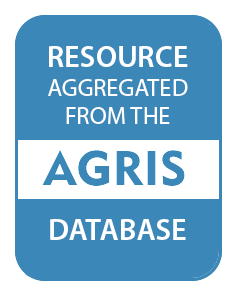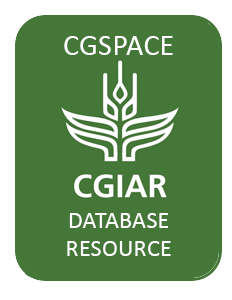Video is animated infographic describing rangelands of Central Asia, their conditions, issues, degradation factors. The video also demonstrates ways of sustainable management.
The Central Asian countries are particularly affected by the global climate change. The cultural and economic centers in this mostly arid region have to rely solely on the water resources provided by the rapidly melting glaciers in the Pamir, Tien-Shan and Alay mountains. By 2030, the available…
Water scarcity driven by climate change, growing demand, and inefficient management of water and related infrastructure is a serious threat to livelihoods in the Aral Sea Basin (ASB) of Central Asia. In recent decades, downstream water shortages have become increasingly common and inflows into…
Ongoing discussions on water-energy-food nexus generally lack a historical perspective and more rigorous institutional analysis. Scrutinizing a relatively mature benefit sharing approach in the context of transboundary water management, the study shows how such analysis can be implemented to…
This issue of Caravan showcases some of ICARDA’s efforts of coping with climate change in dry areas with improved water land management and resilient production systems. These include initiatives in conservation agriculture which provide sustained production levels while conserving the…
On the eve of independence from the Soviet Union, a process of destatization, promulgated into Soviet law in early 1990, was proceeding under Gorbachev’s leadership. Yet, significant shortcomings in vision, influenced by historical ideology and contemporary friction, mitigated the full…
Irrational water use and mismanagement are at the root of several environmental problems in the Aral Sea Basin, including secondary salinization. Pre-season leaching (February-March) is a common practice of farmers to manage soil salinity challenges. For example, farmers in the Khorezm region…
Animated demonstration of practical experience from a farmer perspective to establish pistachio farm in south of Kyrgyzstan. The script for the video was developed by the farmer himself leading step by step through his experience to learn about pistachio and experience of establishing pistachio…
Meeting Name: European Commission on Agriculture
Meeting symbol/code: ECA/39/15/3
Session: Sess. 39
The partnership between Uzbekistan and FAO has been evolving since the country joined the Organization in 2001, and it was recently strengthened with the opening of a Representation in 2014 and the signing of a Host Country Agreement. Delivered through national as well as regional projects,…





